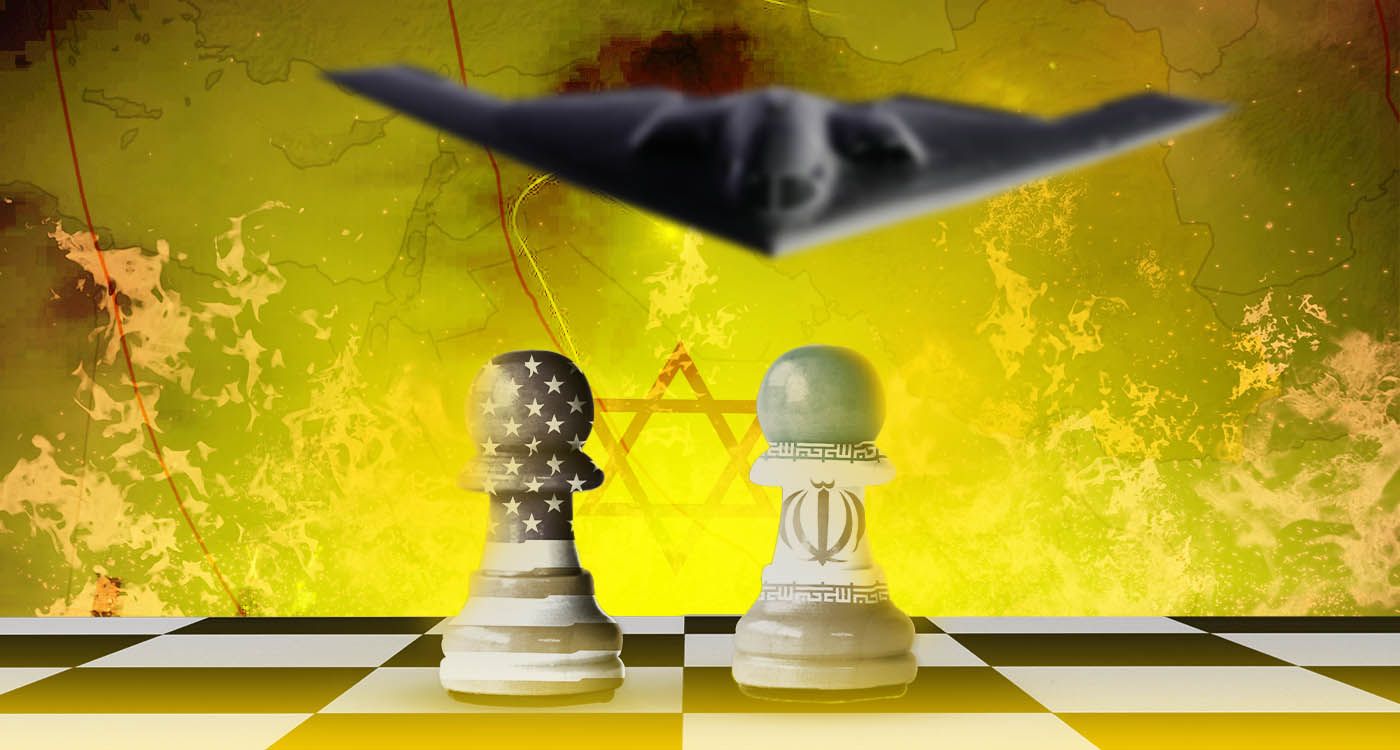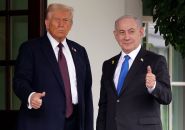- Home
- Arab World
- Strategic Forecasts

©This is Beirut
The strategic dilemmas facing Israel at this point should be summarized as how to achieve the double and intertwining objectives of the Iranian nuclear weaponization containment and the downfall of the Islamist regime and its imperial outreach. The inner relationship between the two variables is unmistakable and begets the crucial question of how to go about it independently or in a joint undertaking with the United States. Israel has unilaterally proceeded in its strategy while the United States was still pondering the relevance of pursuing the stalled negotiations after two months of Iranian waffling.
The adherence to the negotiation script has proven redundant, since the Iranian regime was maneuvering and buying time. The impressive Israeli military campaign was able to achieve its immediate goals when it decapitated the military, intelligence and Islamic Revolutionary Guard Corps (IRGC) leaders and the directors of the nuclear program. It also targeted major nuclear and energy infrastructures, infiltrated the lines of defense and controlled the military landscape after the destruction of the air defenses and the ballistic manufacturing industry.
The issues at this juncture revolve around the required steps if it were to reach its strategic and national security objectives. Obviously, the magnitude and the scope of this war cannot be restricted to the preliminary stages. However demanding the challenges, Israel either has to continue the war on its own or coordinate with the United States the finalization of its war objectives.
However reluctant the United States seems, it is compelled either to fill its role within the military division of labor and oversee the destruction of the nuclear fortresses extending between Natanz and Fordo or to engage back the Iranian regime to negotiate capitulation and preempt the continuation of war and its cascading hazards. We should mention that neither Israel nor the United States is interested in occupying Iran or imposing their political narratives.
By refusing the truce, Israel sends a clear message on the inevitability of finishing off the military assignments and setting the terms of the war ending and the stipulations of a working peace agreement. Apparently, the US administration has opted for the blitzkrieg alternative without renouncing the diplomatic course. Political and military actors, on both sides, are in a bind while the war is pursuing its course.
Aside from the fact that the political and strategic imponderables are heavily weighing on the decision-making process, the military objectives depend largely on the political and national security outcomes and their incidence on the viability of both the regime and the country itself. The destruction of the Islamic regime may inevitably lead to the disintegration of the Iranian national entity and its proliferation effects throughout the larger Middle East and South Asia.
The American circumspection is mainly due to its skepticism regarding regime change narratives and their overall impact on intercontinental geopolitics and their shifting tectonics. This problematic has become axiomatic when considering regional conflicts, regime change and conflict management scenarios. None of the countries at stake has evolved a modicum of institutional consistency and political civility that allows for peaceful and constructive political transitions. The Iranian tectonics are not isolated, they partake of the structural volatility of cross-continental geopolitics and its imponderables.
Otherwise, the aporetic debate about war and international law fails to connect the legitimacy of this war to the professed ideological and political adversity towards the State of Israel, its right to exist and the highly proclaimed goal of its annihilation. The strategies of nuclear weaponization and the one of the proxies, “integrated operational platforms,” were deliberately conceived to undermine Israel's national security and question its very survival. The US decision to strike was based on a careful strategic assessment and the urge to upgrade its diplomatic scope and adjust it to the latest military evolutions.
Unless defeated, this totalitarian regime is unable to engage in diplomatic normalization, in spite of its simulated diplomatic attempts. Its compunctions are mainly due to its totalitarianism, inherent insecurity, endemic crisis of legitimacy, and inability to link international normalization and political and societal liberalization. It’s a well-established pattern disrupted irrevocably. The ongoing war has set a watershed between two eras, and it’s useless to revert back to the earlier stages and erstwhile scripts for political reconfiguration.
What we are witnessing goes far beyond the incidental political and military events, it points towards paradigmatic shifts that announce the demise of the Islamist narrative and its structuring role, be it at the ideological or the political levels. The Islamic revolution in Iran was the first attempt at recreating an Islamic-based polity after the downfall of the caliphate template and its historical modulations. The end of the purported Islamic republic reveals the failure of the Islamist ideologies to inspire and guide political and societal changes consonant with modernity and its democratic and liberal norms and peaceful political transitions.
Alike communism, ideological fossilization and totalitarian autocracies were the defining features that account for the failed modernity and its deleterious consequences. The Islamist statement of the Muslim Brotherhood (Islam is the solution), which inspired both Sunni and Shia fundamentalisms, marks the end of the ideological history of Islamism. Moreover, the debacle of Iran’s Islamic republic marks the closure of its political history, if I were to borrow the observations that Elie Halevy applied to the history of socialism.
Read more





Comments